Cigar Spirits: Probitas Rum
21 Aug 2019
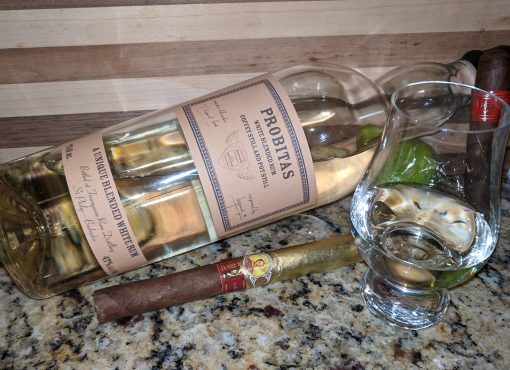
Collaborations between cigar makers are a common way to get consumer attention. If you are a fan of one of the collaborators, you might be turned onto the second brand. If you already like both, the joint effort becomes a must-try new cigar.
Such collaborations aren’t as common in the spirits industry. But that’s the case with Probitas, which is a blend of rums from Foursquare in Barbados and Hampden in Jamaica, blended together by Richard Seale of Foursquare.
The white rum (which sells for around $35 a bottle) sells under the name “Veritas” outside the U.S., presumably due to trademark issues. It is an unusual combination of “coffey column” still rum (from Foursquare) and “double retort pot still” (from Hampden). The resulting blend is 47% ABV.
For a white rum it has a notably yellowish tint, likely because Probitas (and Seale) make a point of unadulterated (and, thus, not over-filtered) rum. The nose features lemon custard, booze, and bananas.
Tasted neat, it shows off tropical notes of pineapple and banana, a pleasant creaminess, and rich molasses with oak. The short finish tingles the tongue with light cedar and caramel.
It’s enjoyable neat, which I’ll admit is unusual for a white rum. But it really shines in cocktails. It’s perfect in a daiquiri (two parts Probitas, one part simple syrup, and one part fresh lime juice) and has just the right amount of funkiness for a Kingston Negroni (equal parts Campari, sweet vermouth, and rum).
Foursquare and Hampden happen to be two of my favorite rum distilleries, so it’s hardly a surprise that I enjoy Probitas. Foursquare is known for not adding sugar to its rums, while Hampden is known for traditional Jamaican funk. Both elements are apparent in this premium-priced white rum.
If you want to treat yourself to a white rum that really shines, Probitas is well worth trying. If you’re drinking it neat, pair it with a balanced, mild cigar like the Cabaiguan, Davidoff Grand Cru, Illusione Epernay, or Paul Garmirian Gourmet. It you’re using it to upgrade your rum cocktail, pair it with any fine cigar you like.
–Patrick S
photo credit:Â Stogie Guys

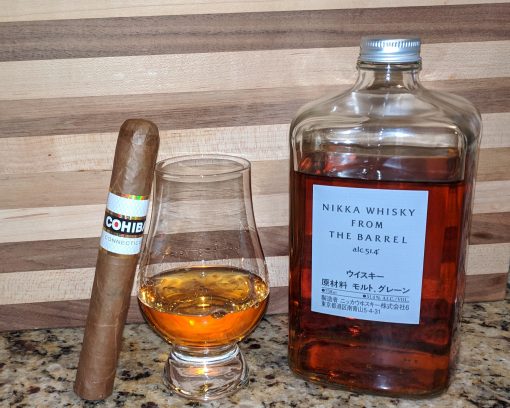
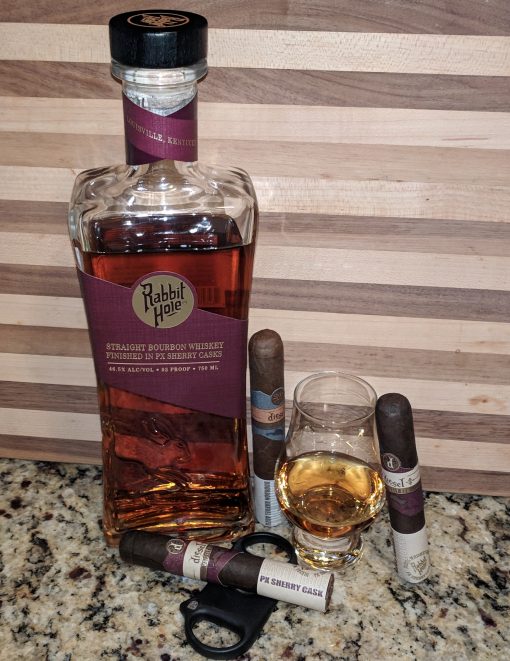
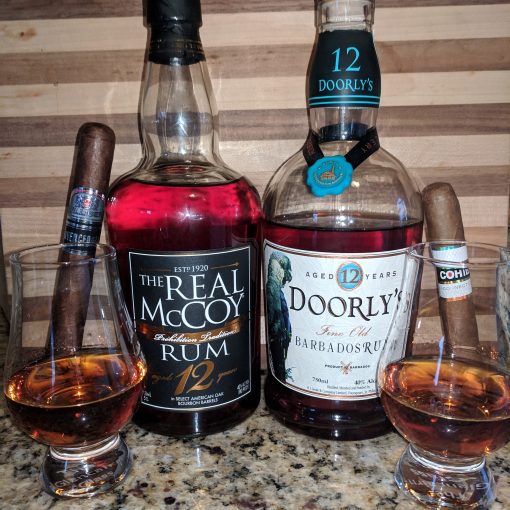
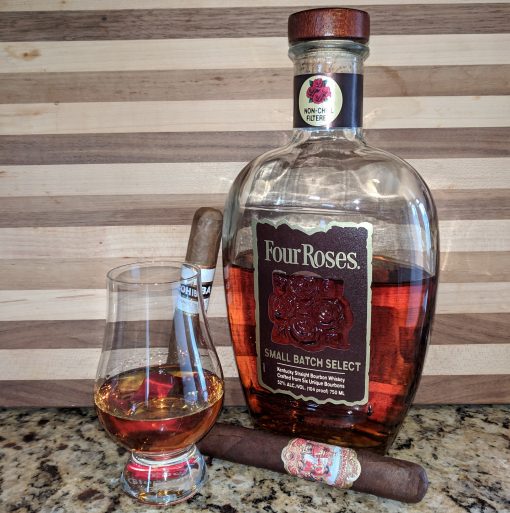
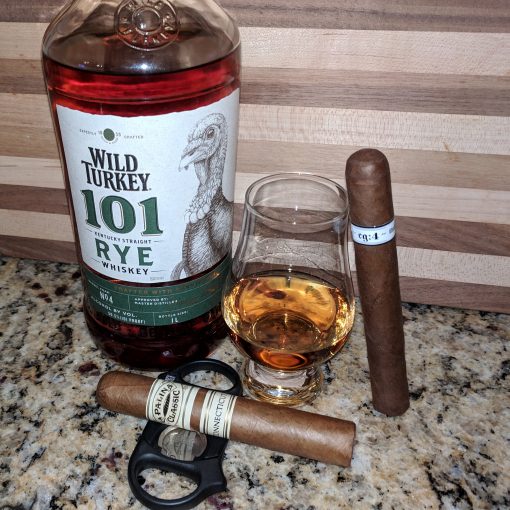
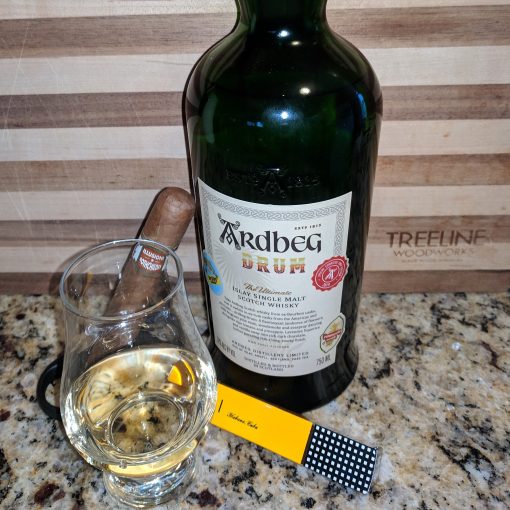
 Patrick Ashby
Co-Founder & Editor in Chief
Patrick Ashby
Co-Founder & Editor in Chief Patrick Semmens
Co-Founder & Publisher
Patrick Semmens
Co-Founder & Publisher George Edmonson
Tampa Bureau Chief
George Edmonson
Tampa Bureau Chief